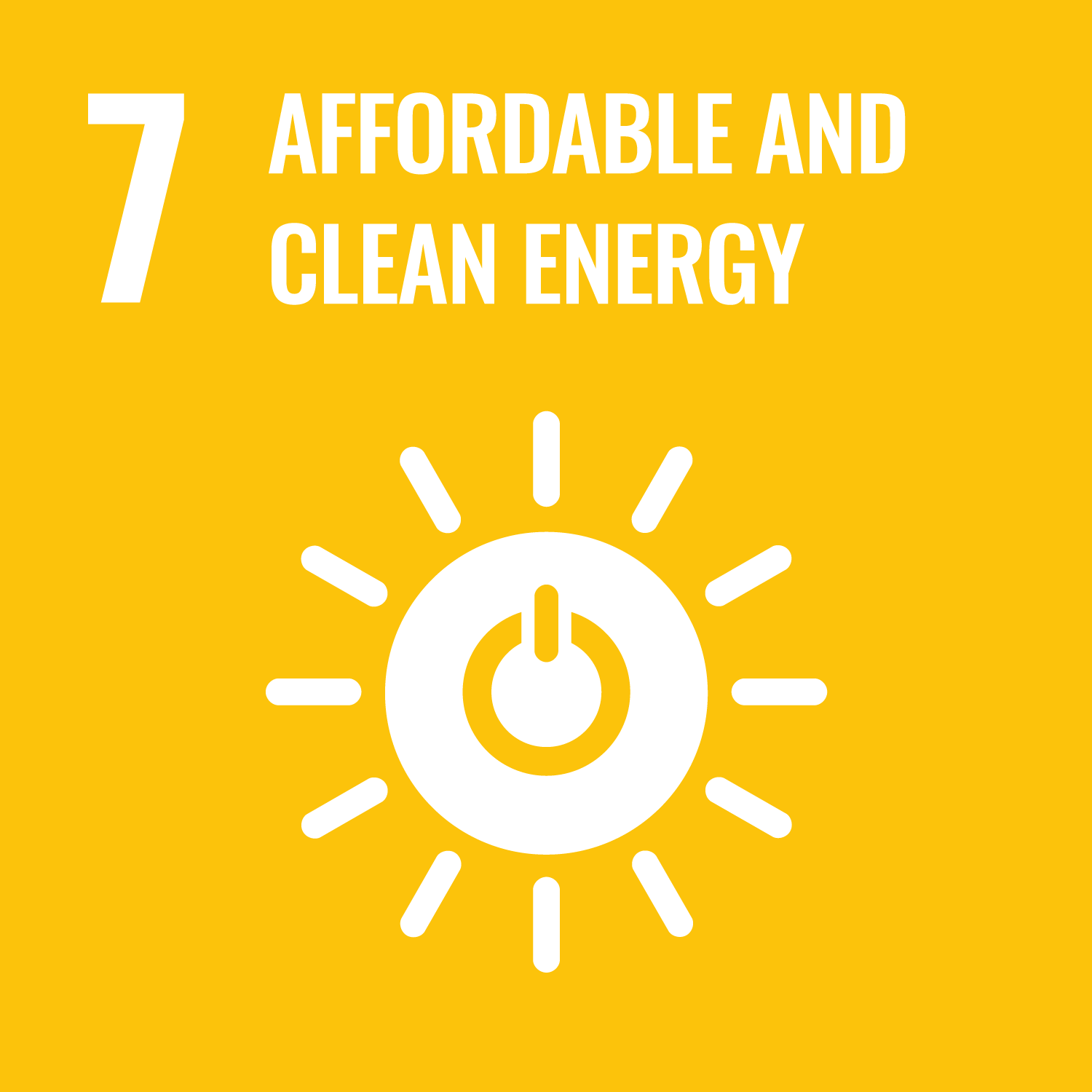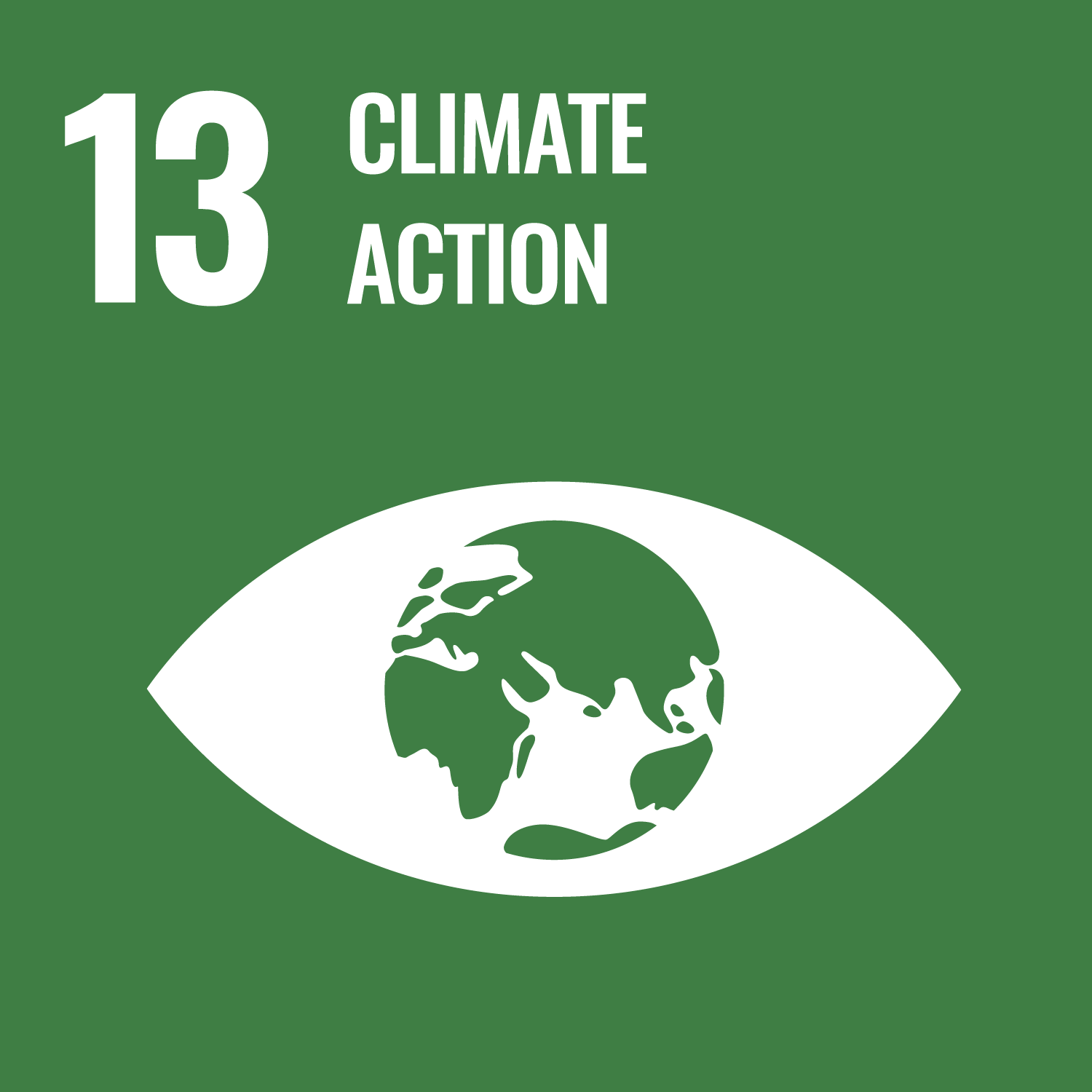Malliaroudaki, M.I., Watson, N.J. orcid.org/0000-0001-5216-4873, Glover, Z.J. et al. (2 more authors) (2023) Net zero roadmap modelling for sustainable dairy manufacturing and distribution. Chemical Engineering Journal, 475. 145734. ISSN 1385-8947
Abstract
Energy-derived carbon emissions from dairy manufacturing and distribution are significant. Meeting a net zero carbon target is a global priority, and to that end the dairy industry is engaging an emission-reduction strategy. Modelling tools that can predict energy consumption and related carbon-emissions can aid decision-making towards energy transitioning. This study presents an energy consumption model for dairy skimmed milk and cream manufacturing and distribution, which has been developed following a mechanistic modelling approach. This approach integrates chemical engineering process design, heat exchange principles, and empirical modelling to simulate energy consumption for each individual supply chain component, sequence-by-sequence. The model offers simulation flexibility, allowing the projection of the product's embodied energy and carbon-emissions under diverse manufacturing and distribution scenarios. To investigate the model capabilities, scenario analysis was performed for 12 different scenarios. These scenarios resulted by testing the use of three fuel types for the heating requirements in manufacturing (oil, natural gas and hydrogen), two categories of refrigerated vehicles (diesel and electric), and two different distribution infrastructures (centralised and decentralised). The evaluated skimmed milk product-embodied energy ranged between 309 and 869 kJ/L. The scenarios were also simulated towards 2050 using the UK projections for electricity's carbon conversion factor to predict the anticipated carbon-emission reductions. These 2050 projections allowed for roadmap planning towards decarbonising energy for skimmed milk and cream manufacturing and distribution, with outcomes demonstrating up to 90.2% carbon-emission reductions by 2050. The developed model can support safe decision-making and assist the dairy industry in meeting the net zero carbon target.
Metadata
| Item Type: | Article |
|---|---|
| Authors/Creators: |
|
| Copyright, Publisher and Additional Information: | © 2023 The Authors. This is an open access article under the terms of the Creative Commons Attribution License (CC-BY 4.0), which permits unrestricted use, distribution and reproduction in any medium, provided the original work is properly cited. |
| Keywords: | Energy; Carbon footprint; Pasteurisation; Decarbonisation; Supply chain; Dairy manufacturing |
| Dates: |
|
| Institution: | The University of Leeds |
| Academic Units: | The University of Leeds > Faculty of Environment (Leeds) > School of Food Science and Nutrition (Leeds) > FSN Nutrition and Public Health (Leeds) |
| Depositing User: | Symplectic Publications |
| Date Deposited: | 10 Jul 2024 15:48 |
| Last Modified: | 10 Jul 2024 15:48 |
| Status: | Published |
| Publisher: | Elsevier |
| Identification Number: | 10.1016/j.cej.2023.145734 |
| Sustainable Development Goals: | |
| Open Archives Initiative ID (OAI ID): | oai:eprints.whiterose.ac.uk:214601 |



 CORE (COnnecting REpositories)
CORE (COnnecting REpositories) CORE (COnnecting REpositories)
CORE (COnnecting REpositories)